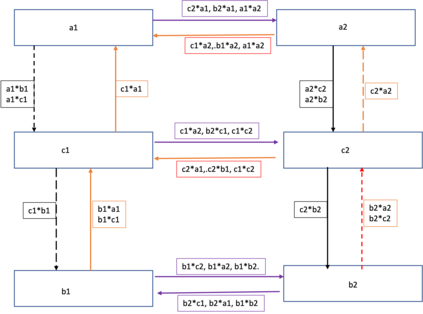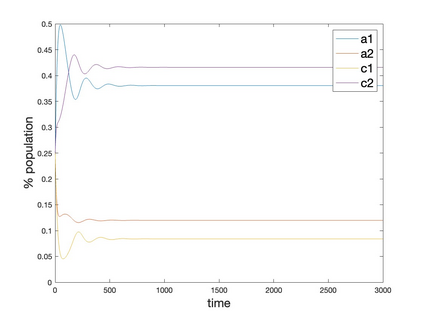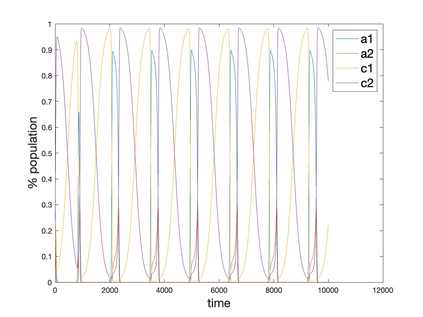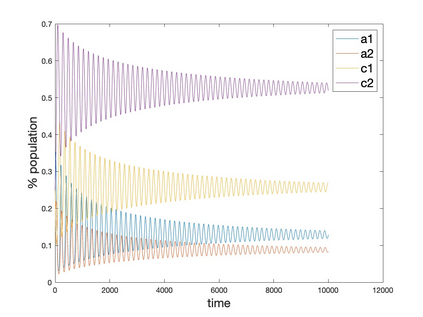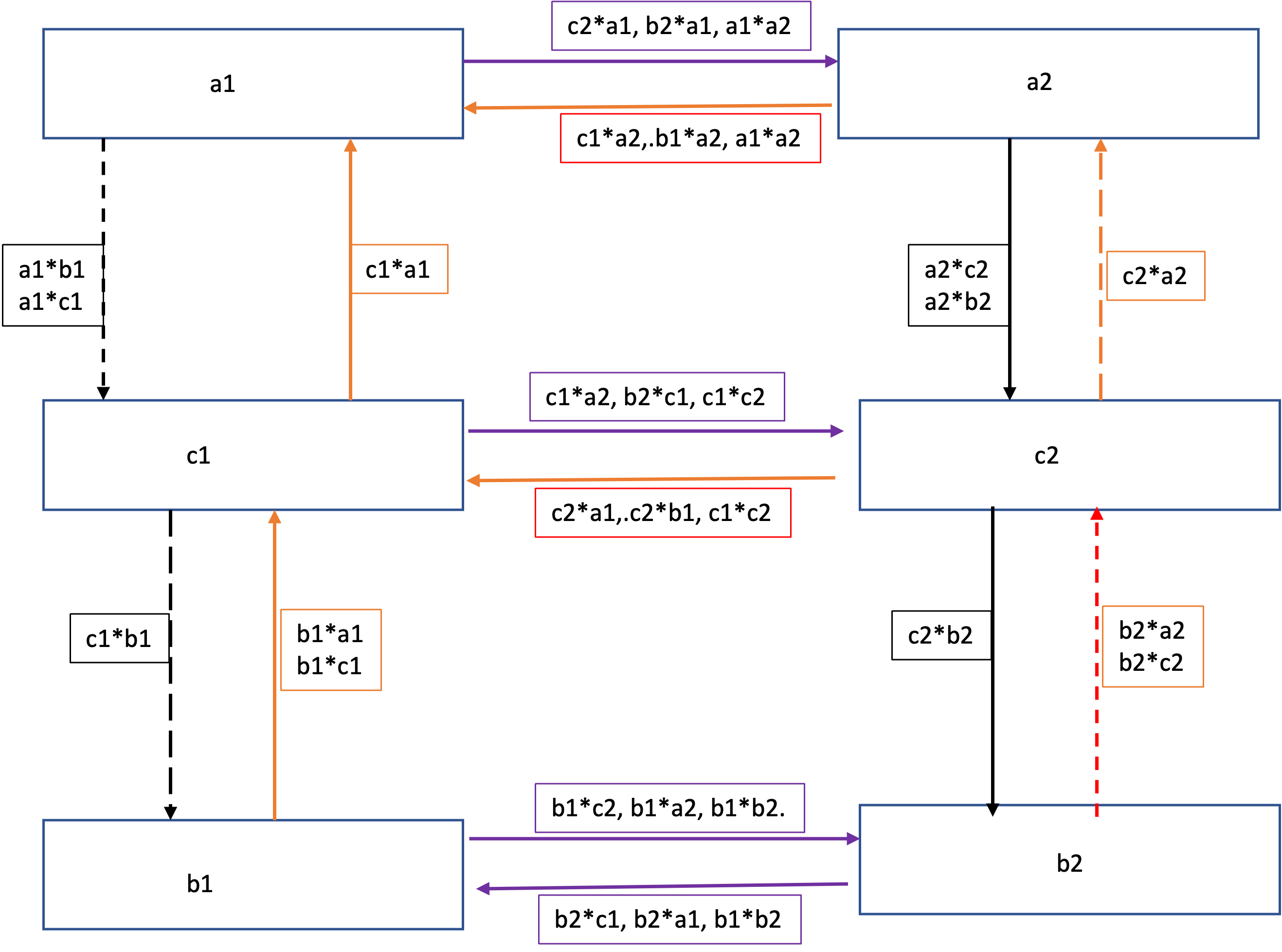The preservation of endangered languages is a widely discussed issue nowadays. Languages represent essential cultural heritage and can provide valuable botanical, biological, and geographical information. Therefore, it is necessary to develop efficient measures to preserve and revitalize endangered languages. However, the language shift process is complex and requires an interdisciplinary approach, including mathematical modeling techniques. This paper develops a new mathematical model that extends previous works on this topic. We introduce the factor of ethnic identity, which is a proxy for a more complex nexus of variables involved in an individual's self-identity and/or a group's identity. This proxy is socially constructed rather than solely inherited, shaped by community-determined factors, with language both indexing and creating the identity. In our model, we divide speakers into groups depending on with which language they identify themselves with. Moreover, every group includes monolinguals and bilinguals. The proposed model naturally allows us to consider cases of language coexistence and describe a broader class of linguistic situations. For example, the simulation results show that our model can result in cyclic language dynamics, drawing a parallel to cell population models. In this way, the proposed mathematical model can serve as a useful tool for developing efficient measures for language preservation and revitalization.
翻译:暂无翻译

